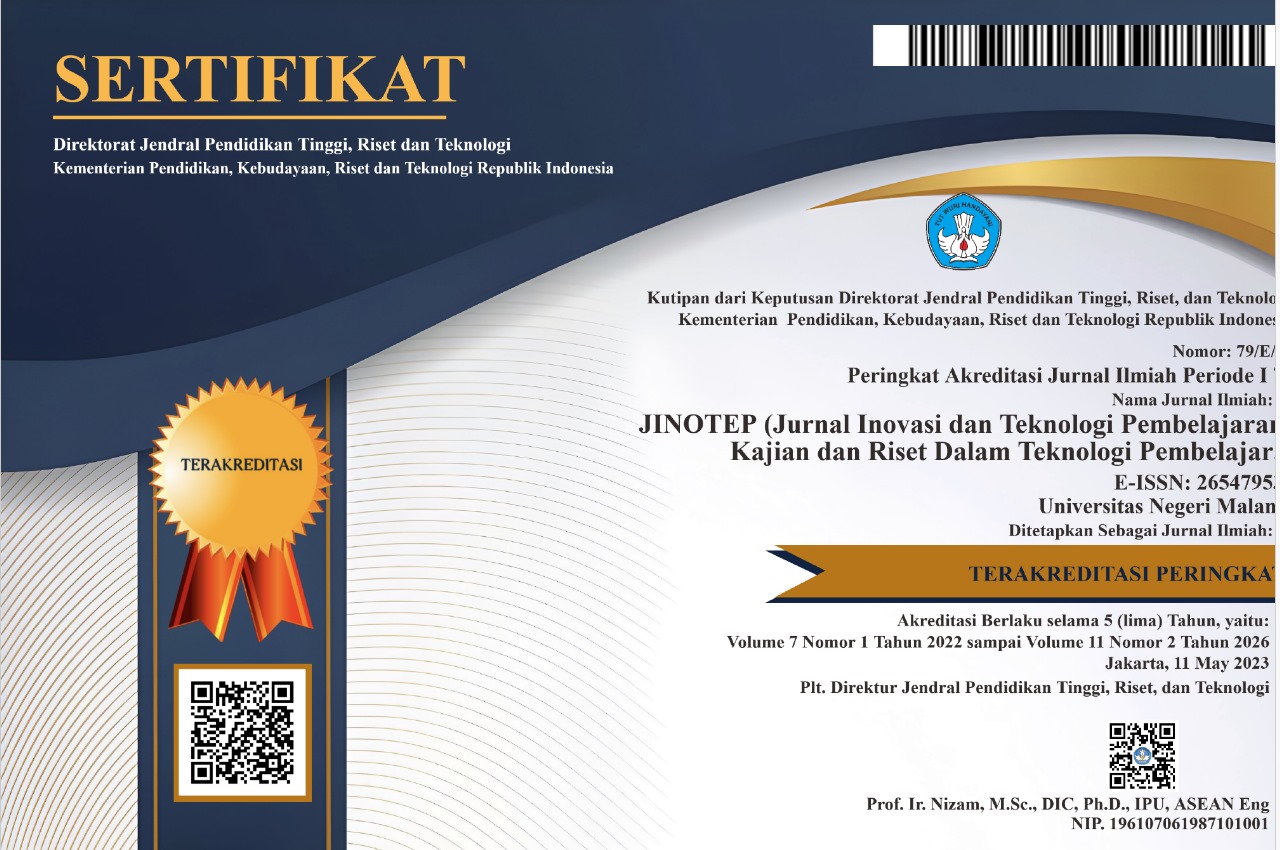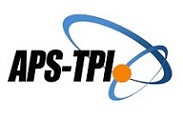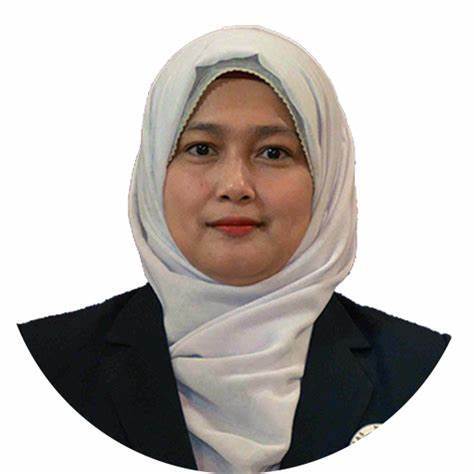Analisis Butir Tes Keterampilan Berpikir Kritis dan Pengetahuan Prosedural Grammar Bahasa Inggris
Abstract
Abstrak: Penetian ini berfokus pada analisis butir tes pilihan ganda untuk mengukur tes keterampilan berpikir kritis dan pengetahuan prosedural materi grammar untuk tingkat pemula (beginner) pada mata kuliah Bahasa Inggris. Analisis butir tes mencakup: (1) tingkat kesukaran butir tes, (2) tingkat daya pembeda butir tes, (3) validitas butir tes dan (4) reliabilitas tes. Untuk mengukur tingkat kesukaran digunakan rumus perbandingan jumlah responden yang menjawab benar dengan jumlah responden. Untuk mengukur validitas dan daya pembeda soal digunakan uji Pearson product moment. Kemudian, uji Cronbach alpha digunakan untuk menentukan reliabilitas tes. Hasil uji tingkat kesukaran menempatkan butir tes pada kategori mudah, sedang dan sukar. Hasil uji daya pembeda mengklasifikasikan butir tes pada kategori baik dan unggul. Uji validitas membuktikan seluruh butir tes valid. Uji reliabilitas menyatakan bahwa tes yang dirancang reliabel. Dengan demikian butir tes yang dirancang tidak membutuhkan perbaikan dan dapat digunakan untuk mengukur keterampilan berpikir kritis dan pengetahuan prosedural pada grammar Bahasa Inggris.
Abstract: This study focuses on evaluating the quality of multiple-choice tests to measure critical thinking skills and procedural knowledge tests of English grammar for beginners in higher education. The analysis of test items includes (1) item difficulty, (2) discrimination index, (3) validity, and (4) reliability of the tests. Item difficulty is obtained from the percentage comparison of the number of respondents who answer correctly with the total number of respondents. The validity and discrimination index of the test items are analyzed using the Pearson product-moment test. The Cronbach alpha test is used to evaluate the reliability of the test. The item difficulty test classified into easy, medium, and difficult categories. The results of the discrimination index test classify the test items into good and superior categories. The validity test proves that all test items are valid and the reliability test proves that the test is reliable. Finally, the test items have good quality and capable to measure critical thinking skills and procedural knowledge in English grammar.
Keywords
Full Text:
PDFReferences
Adhi, M. I., & Aly, S. M. (2018). Student Perception and Post-exam Analysis of One Best MCQs and One Correct MCQs: A Comparative Study. Journal of the Pakistan Medical Association, 68(4), 570–575.
Agust, S. (2019). How Does Rasch Model Reveal Dishonesty between Coastal Students and Easy Grammar Test? Jurnal Iqra’ : Kajian Ilmu Pendidikan, 4(2), 214–230.
Ahmed, I. A. M., & Moalwi, A. A. (2017). Correlation Between Difficulty and Discrimination Indices of MCQs Type A in Formative Exam in Anatomy. Journal of Research & Method in Education, 7(5), 28–43.
Alamoudi, A. A., El-Deek, B. S., Park, Y. S., Al-Shawwa, L. A., & Tekian, A. (2017). Evaluating The Long-term Impact of Faculty Development Programs on MCQ Item Analysis. Journal Medical Teacher, 39(sup1), S45--S49.
Amin, A. M., & Adiansyah, R. (2018). Lecturers’ Perception on Students’ Critical Thinking Skills Development and Problems Faced by Students in Developing Their Critical Thinking Skills. Jurnal Pendidikan Biologi Indonesia, 4(1), 1.
As’at, M., Setyosari, P., & Ulfa, S. (2017). The Development of English Instructional Design Social Learning Network (SLN)-Based Using Auction (Interested-based Negotiation) Strategy. JINOTEP (Jurnal Inovasi Dan Teknologi Pembelajaran), 4(1), 2–7.
Burud, I., Nagandla, K., & Agarwal, P. (2019). Impact of distractors in item analysis of multiple choice questions. International Journal of Research in Medical Sciences, 7(4), 1136.
Castro, S. (2018). Google Forms Quizzes and Substitution, Augmentation, Modification, and Redefinition (SAMR) Model Integration. Issues and Trends in Educational Technology, 6(2), 4–14.
Cheng, L., & Fox, J. (2017). Assessment in the language classroom: Teachers supporting student learning. Palgrave.
Creswell, J. W., & Creswell, J. D. (2018). Research Design Qualitative, Quantitative, and Mixed Methods Approaches. In Fast Facts to Loving your Research Project. Sage Publications.
Degeng, M. D. K., Setyosari, P., Degeng, I. N. S., & Kuswandi, D. (2017). Pengaruh Learning Control dalam Pembelajaran menggunakan Media Web Terhadap Hasil Belajar Pengetahuan Prosedural. Jurnal Pendidikan Dan Pembelajaran (JPP), 23(2), 90–95.
Fauzi, M. (2019). Pengaruh Strategi Pembelajaran Swa-Atur Dengan Discovery Learning dan Gaya Kognitif Terhadap Hasil Belajar Kimia. Edcomtech Jurnal Kajian Teknologi Pendidikan, 4(1), 56-66Garson, G. D. (2013). Validity and Reliability. Statistical Associates Publishing. www.statisticalassociates.com
Gierl, M. J., Bulut, O., Guo, Q., & Zhang, X. (2017). Developing, Analyzing, and Using Distractors for Multiple-Choice Tests in Education: A Comprehensive Review. Review of Educational Research, 87(6), 1082–1116.
Gunawan, W., Degeng, I. N. S., Utaya, S., & Sulton. (2019). The Improvement of Conceptual and Procedural Understanding by Scaffolding with Responsiveness. International Journal of Innovation, Creativity and Change, 7(5), 162–179.
Haerazi, Utama, I. M. P., & Hidayatullah, H. (2020). Mobile Applications to Improve English Writing Skills Viewed from Critical Thinking Ability for Pre-service Teachers. International Journal of Interactive Mobile Technologies, 14(7), 58–72.
Haladyna, T. M. (2004). Developing and validating multiple-choice test items. Routledge.
Hofer, S. I., Schumacher, R., & Rubin, H. (2017). The Test of Basic Mechanics Conceptual Understanding (bMCU): Using Rasch Analysis to Develop and Evaluate an Efficient Multiple Choice Test on Newton’s Mechanics. International Journal of STEM Education, 4(1), 1–20.
Jusmaya, A., & Evyanto, W. (2018). Efektivitas Project Based Learning Berbasis ICT Terhadap Kemampuan Critical Thinking Mahasiswa EFL. Seminar Nasional Ilmu Sosial Dan Teknolog, 1, 19–24.
Karapetian, A. O. (2020). Creating ESP-based Language Learning Environment to Foster Critical Thinking Capabilities in Students’ Papers. European Journal of Educational Research, 9(2), 717–728.
Karyono, H. (2019). Pengaruh Penggunaan Metode Kooperatif Tipe Jigsaw dan KWLTerhadap Kemampuan Membaca Teks Report Siswa Kelas IX SMP Negeri 2 Balongpanggang. Jurnal Education and Development, 7(3), 7.
Khairani, A. Z., & Shamsuddin, H. (2016). Assessment for Learning Within and Beyond The Classroom. In Assessment for Learning Within and Beyond the Classroom (pp. 417–426). Springer.
Khunaifi, A. R., Ilham, & Suratmoko, B. (2020). Pelatihan Bahasa Inggris Berequivalent TOEFL Pada Reading Test CBT Terhadap Mahasiswa Semester Akhir di Universitas Muhammadiyah. 5(2), 192–198.
Kusumawati, M., & Hadi, S. (2018). An Analysis of Multiple Choice Questions (MCQs): Item and Test Statistics from Mathematics Assessments in Senior High School. REiD (Research and Evaluation in Education), 4(1), 70–78.
Laili, M., Aini, N., & Christanti, A. (2020). Higher Order Thinking Skills (HOTS) Dalam Penilaian Bahasa Inggris Siswa SMA. Lintang Songo: Jurnal Pendidikan, 3(1), 18–25.
Leavy, P. (2017). Research Design Quantitative, Qualitative, Art-Based, and Community-Based Participatory Research Approaches. The Guilford Press.
Liu, O. L., Mao, L., Frankel, L., & Xu, J. (2016). Assessing Critical Thinking in Higher Education: The HEIghtenTM Approach and Preliminary Validity Evidence. Assessment and Evaluation in Higher Education, 41(5), 677–694.
Mahjabeen, W., Alam, S., Hassan, U., Zafar, T., Konain, S., & Rizvi, M. (2017). Analysis of Multiple Choice Questions: Item Difficulty, Discrimination Index and Distractor Efficiency. International Journal of Nursing Education, 9(3), 109.
Musa, A., Shaheen, S., Elmardi, A., & Ahmed, A. (2018). Item Difficulty & Item Discrimination as Quality Indicators of Physiology MCQ Examinations at The Faculty of Medicine Khartoum University. Khartoum Medical Journal, 11(2), 1477–1468.
Nalendra, R. W., Wiyokusumo, I., & Leksono, I. P. (2020). The Effect of Learning Model with Youtube Versus Media Flash Card Media and Learning Motivation on Learning. Journal of English Educational Study, 3(2), 129–139.
Nastiti, A. A. (2020). An Analysis of English Textbook Focusing on Reading Material to Enhance Students’ Critical Thinking in Recount Text and Narrative Text. RETAIN, 8(3), 69–79.
Ningsih, D. R., Ramalis, T. R., & Purwana, U. (2018). Pengembangan Tes Keterampilan Berpikir Kritis Berdasarkan Analisis Teori Respon Butir. WaPFi (Wahana Pendidikan Fisika), 3(2), 45.
Nurvina Sularso, A. (2020). Evaluation of Online Learning for English Practice Course in Akademi Telkom Jakarta. Journal of Informatics and Communications Technology, 21(1), 59–067.
Pawade, Y. R., & Diwase, D. S. (2016). Can Item Analysis of MCQs Accomplish The Need of a Proper Assessment Strategy for Curriculum Improvement in Medical Education? Journal of Educational Technology, 13(1), 44–53.
Popchev, I. P., & Orozova, D. A. (2020). Towards a Multistep Method for Assessment in e-Learning of Emerging Technologies. Cybernetics and Information Technologies, 20(3), 116–129.
Quaigrain, K., & Arhin, A. K. (2017). Using Reliability and Item Analysis to Evaluate a Teacher-Developed Test in Educational Measurement and Evaluation. Cogent Education, 4(1), 1–11.
Rahayu, A., Abidin, Z., & Susilaningsih, S. (2018). Evaluasi Program Pembelajaran Full Day School Di SDN Bunulrejo 2 Malang. JINOTEP (Jurnal Inovasi dan Teknologi Pembelajaran): Kajian dan Riset Dalam Teknologi Pembelajaran, 4(2), 82-87.
Rosidah, N. A., Ramalis, T. R., & Suyana, I. (2018). Karakteristik Tes Keterampilan Berpikir Kritis Berdasarkan Teori Respon Butir. Jurnal Inovasi Dan Pembelajaran Fisika, 5(1), 54–63.
Rufii, R., & Rochmawati, D. (2019). Evaluation of Universal Design for Constructivist-based Statistics Learning Module for Students’ Increased Motivation. Journal of Education and Learning (EduLearn), 13(3), 431–440.
Sadhu, S., Ad’hiya, E., & Laksono, E. W. (2019). Exploring and Comparing Content Validity and Assumptions of Modern Theory of An Integrated Assessment: Critical Thinking-Chemical Literacy Studies. Jurnal Pendidikan IPA Indonesia, 8(4), 570–581.
Sahebkheir, F. (2020). Improving Grammar Achievement through Using Metatalk Considering Iranian EFL Learners with Advanced Language Proficiency. South Asian Research Journal of Arts, Language and Literature, 2(4), 56–59.
Seifert, T. (2020). Student Assessment in Online Learning : Challenges and Effective Practices During Covid-19. Proceedings of EdMedia + Innovate Learning, pp. 106-10(2001), 1–4.
Shin, J., Bulut, O., & Gierl, M. J. (2020). The Effect of The Most-Attractive-Distractor Location on Multiple-Choice Item Difficulty. Journal of Experimental Education, 88(4), 643–659. https://doi.org/10.1080/00220973.2019.1629577
Son, A. L. (2019). Instrumentasi Kemampuan Pemecahan Masalah Matematis: Analisis Reliabilitas, Validitas, Tingkat Kesukaran Dan Daya Beda Butir Soal. Gema Wiralodra, 10(1), 41–52.
Staub, D. F. (2017). Quality Assurance and Foreign Language Programme Evaluation. In Evaluation in Foreign Language Education in the Middle East and North Africa (pp. 273–292). Springer.
Sukestini, E., Fatirul, A. N., & Hartono, H. (2020). Problem Based Learning with ICT Based with Learning Creativity to Improve History Learning Achievement. Jurnal Pendidikan Dan Pengajaran, 53(3), 227.
Szabó, G. (2008). Applying Item Response Theory in Language Test Item Bank Building (Vol. 10). Peter Lang.
Wahyuni, F. A. (2018). Blended Learning: Dua Metode (Synchronous and Asynchronous) Untuk Matakuliah Writing Materi Argumentative Essay. JINOTEP (Jurnal Inovasi dan Teknologi Pembelajaran): Kajian dan Riset Dalam Teknologi Pembelajaran, 3(2), 137-143.
Wechsler, S. M., Saiz, C., Rivas, S. F., Vendramini, C. M. M., Almeida, L. S., Mundim, M. C., & Franco, A. (2018). Creative and Critical Thinking: Independent or Overlapping Components? Thinking Skills and Creativity, 27(December 2017), 114–122.
Wills, T., & Baker, C. (2018). Engaging Students With Synchronous Online Learning Activities. Innovations in Teaching & Learning Conference Proceedings, 10.
Wills, T., & Baker, C. (2017). Strategies to Make Online Teaching Better Than Face-To-Face. Innovations in Teaching & Learning Conference Proceedings, 9.
Wuryaningrum, R., Bektiarso, S., & Suyitno, I. (2020). The Effects of Knowledge-Transforming Text on Elementary Students’ Declarative, Procedural Knowledge, and Motivation in Environmental Learning. International Journal of Instruction, 13(1), 567–586
DOI: http://dx.doi.org/10.17977/um031v8i12021p020
Refbacks
- There are currently no refbacks.
Copyright (c) 2021 Herlia Alfiana, Hari Karyono, Wawan Gunawan

This work is licensed under a Creative Commons Attribution-ShareAlike 4.0 International License.
======================================================================
Jurnal Inovasi dan Teknologi Pembelajaran published by Universitas Negeri Malang in collaboration with the Asosiasi Program Studi Teknologi Pendidikan Indonesia (APS TPI) and Ikatan Profesi Teknologi Pendidikan Indonesia (IPTPI) with a MoU.
Publisher Address:
Educational Technology Laboratorium, Building D5, 1st Floor
Faculty of Education, Universitas Negeri Malang
Semarang St. No. 5, Malang City, East Java Province, Postal Code 65145
Email: jinotep.fip@um.ac.id
======================================================================

JINOTEP is licensed under a Creative Commons Attribution-ShareAlike 4.0 International License.
JINOTEP Statistics (Since July 13th, 2020)



.png)




.png)
1.png)
1.png)
4.png)
2.png)
1.png)
1.png)
.png)


_3.png)





1.png)
.png)